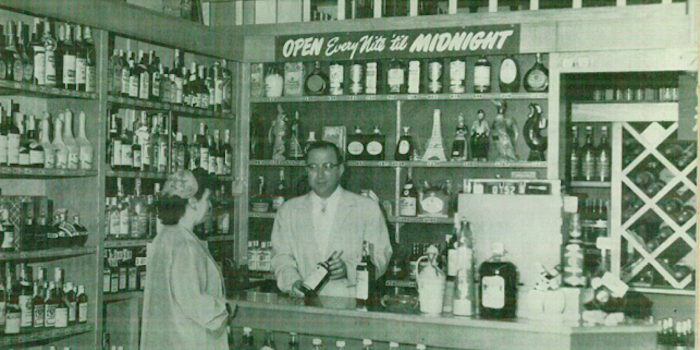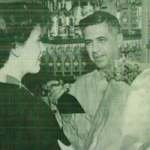Note: this piece is part of Cheers’ sister publication Beverage Dynamics celebrating 80 years of print. Click here for the full 80th Anniversary Feature.
The history of alcohol in America is tied closely to the history of the country. The first settlers landed in Jamestown and Plymouth with more beer in store than water. Wine and brandy were also carried over from Europe. When alcohol supplies ran out, settlers made more, using the natural resources of their new surroundings.
Records of distillation go as far back as the mid-17th century. Colonists throughout New England made rum, corn whiskey and apple liquor. From these humble origins, and despite several setbacks, the American alcohol industry grew strong.
Law and Order
Better known as a founding father and our first president, George Washington also helped shaped the future of American alcohol. He considered liquor a necessary instrument to maintain order within an army. For this reason, he even suggested erecting public distilleries throughout the states.
Washington was a distiller himself. Like many colonists, he made rum, at his Mount Vernon Estate. At the suggestion of his Scottish plantation manager, Washington later raised rye to distill whiskey.
He was also at the center of the new country’s first skirmish between the alcohol industry and national government. Seeking to retire American debts owed from the Revolutionary War, Washington as president enacted new taxes on all spirits in 1791.
Many distillers objected. Tax collectors were tarred and feathered. In what became known as the Whiskey Rebellion, Washington successfully sent troops in 1794 to squash protests in Pennsylvania. The taxes stood (albeit reduced, and later repealed), and the government won.
The Whiskey Rebellion had another affect besides establishing the government’s power over national alcohol makers. It scared many Pennsylvanian distillers into moving to Kentucky, helping grow the state’s burgeoning whiskey industry.
Birth of a Bottle
By the mid-1800s, several alcohol brands had attained name-brand recognition. This marketing accomplishment was owed in part to the rise of beverages being sold in recognizable bottles.
Among the pioneers in this technique was Adolphus Busch. Marrying into the Anheuser family and inheriting their brewery, Busch pioneered railcar refrigeration, which allowed bottles of his Budweiser beer to be shipped nationwide. This helped establish Budweiser as America’s first national beer brand.
Widespread bottling — and branding — came into whiskey in 1870. Old Forester was the first to sell their whiskey only in sealed bottles. The goal was to assure the public of the contents within. At that time, whiskey retailers often blended together spirits shipped to them in casks before selling this mix to customers. You never quite knew what you were getting.









